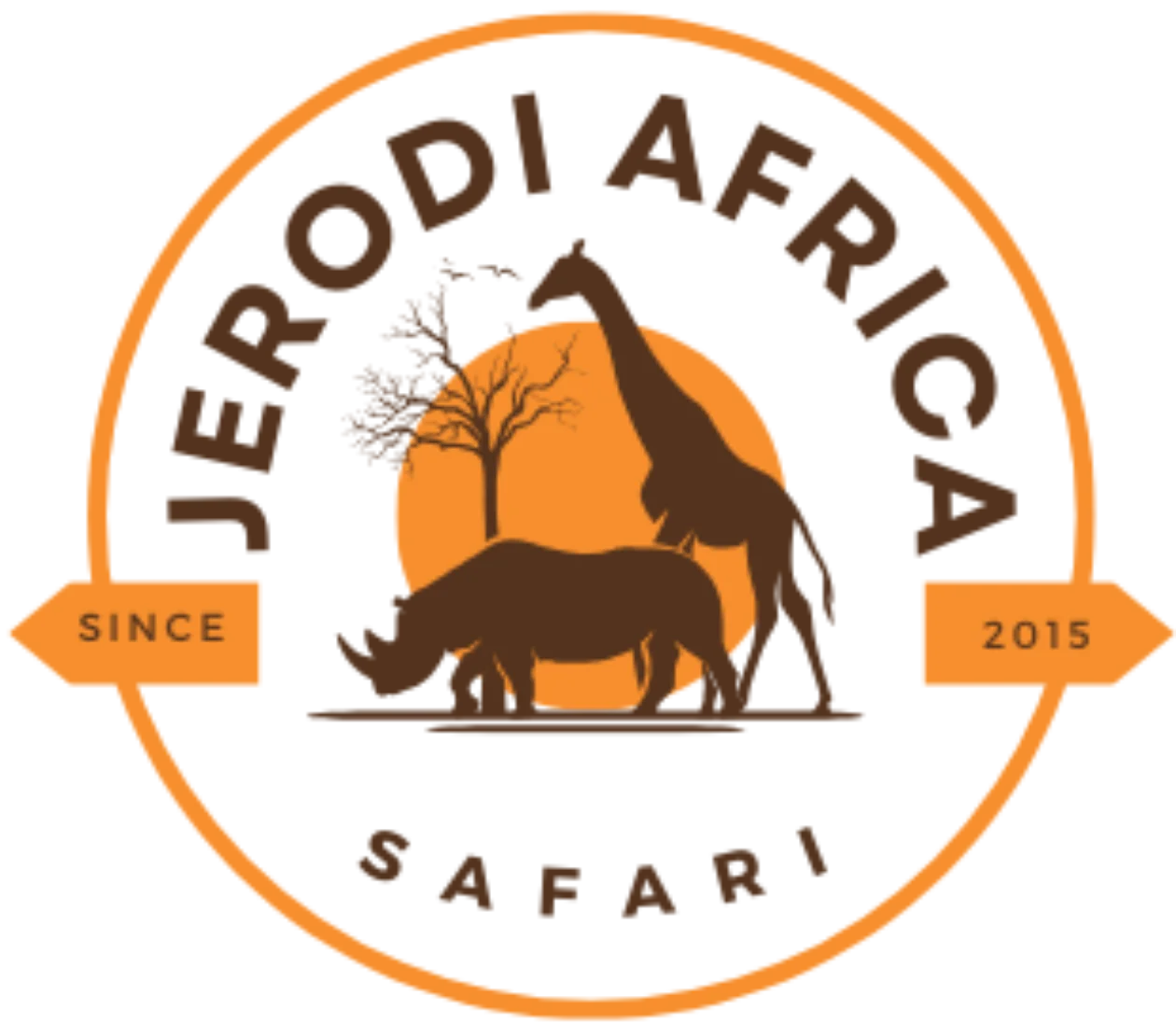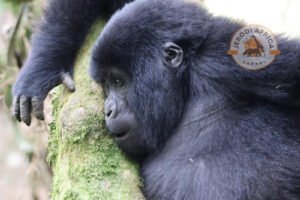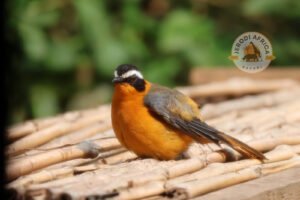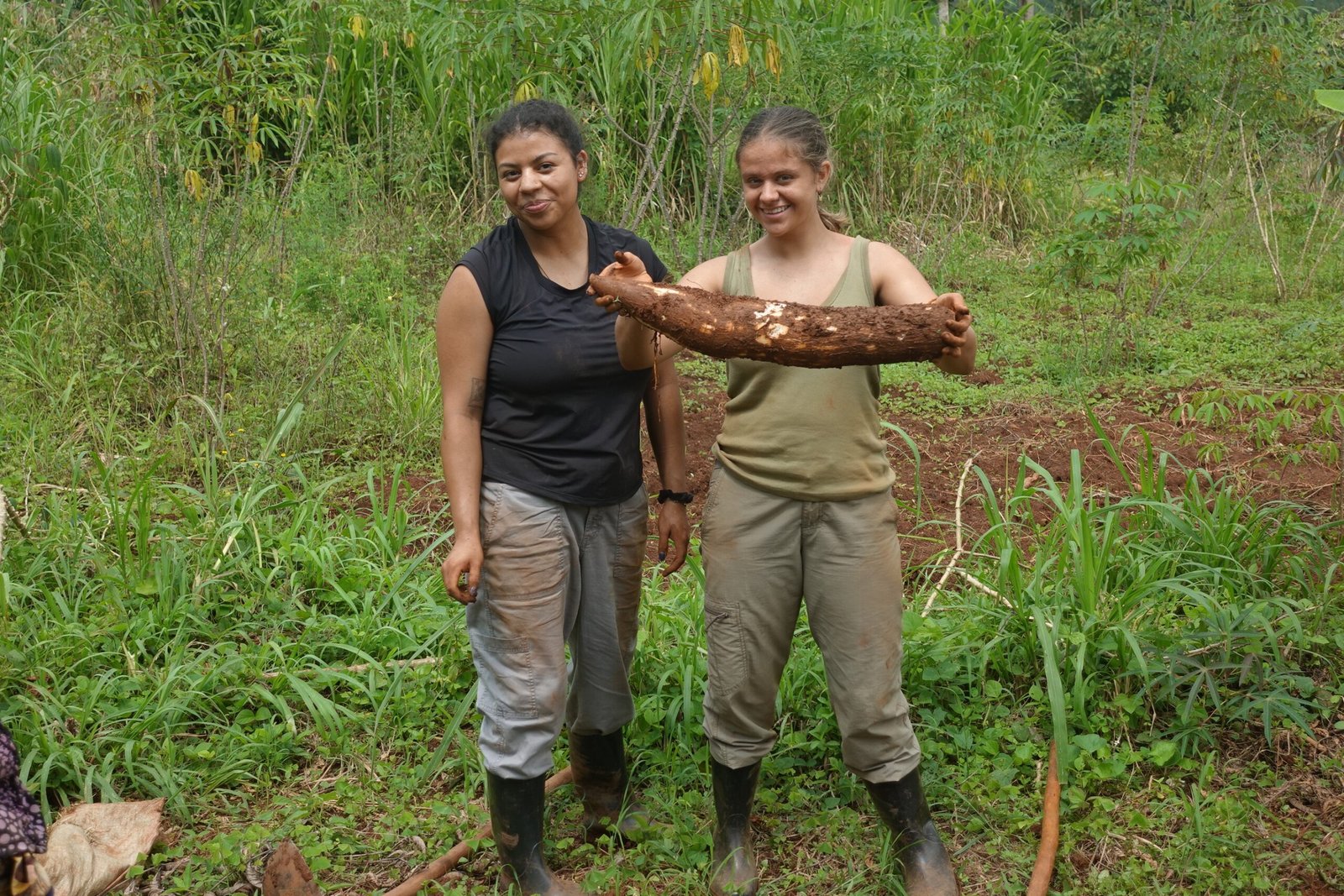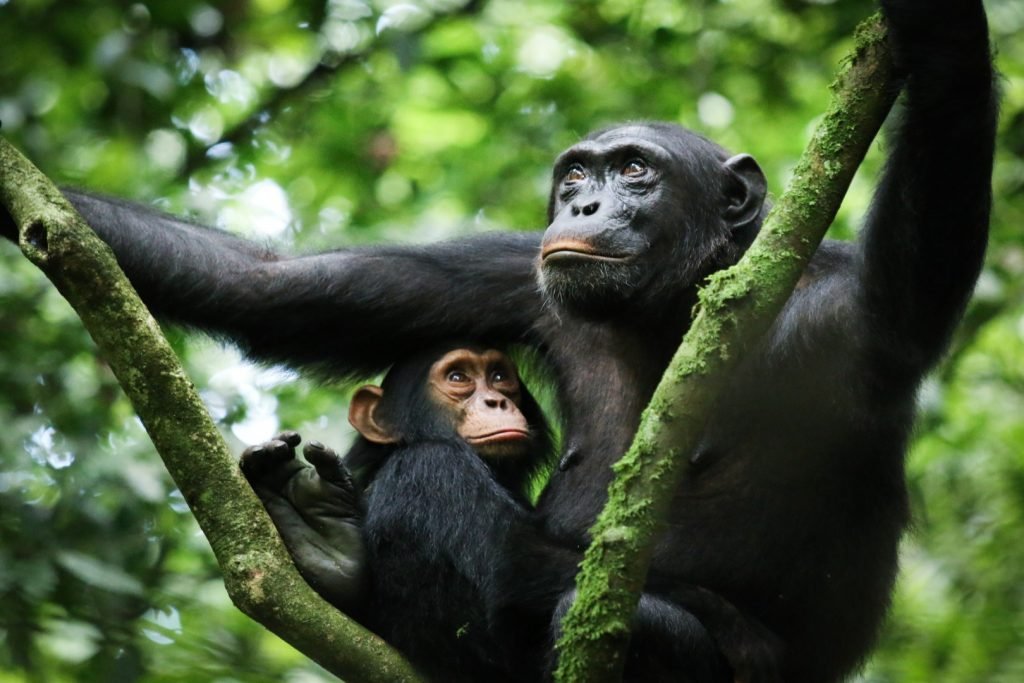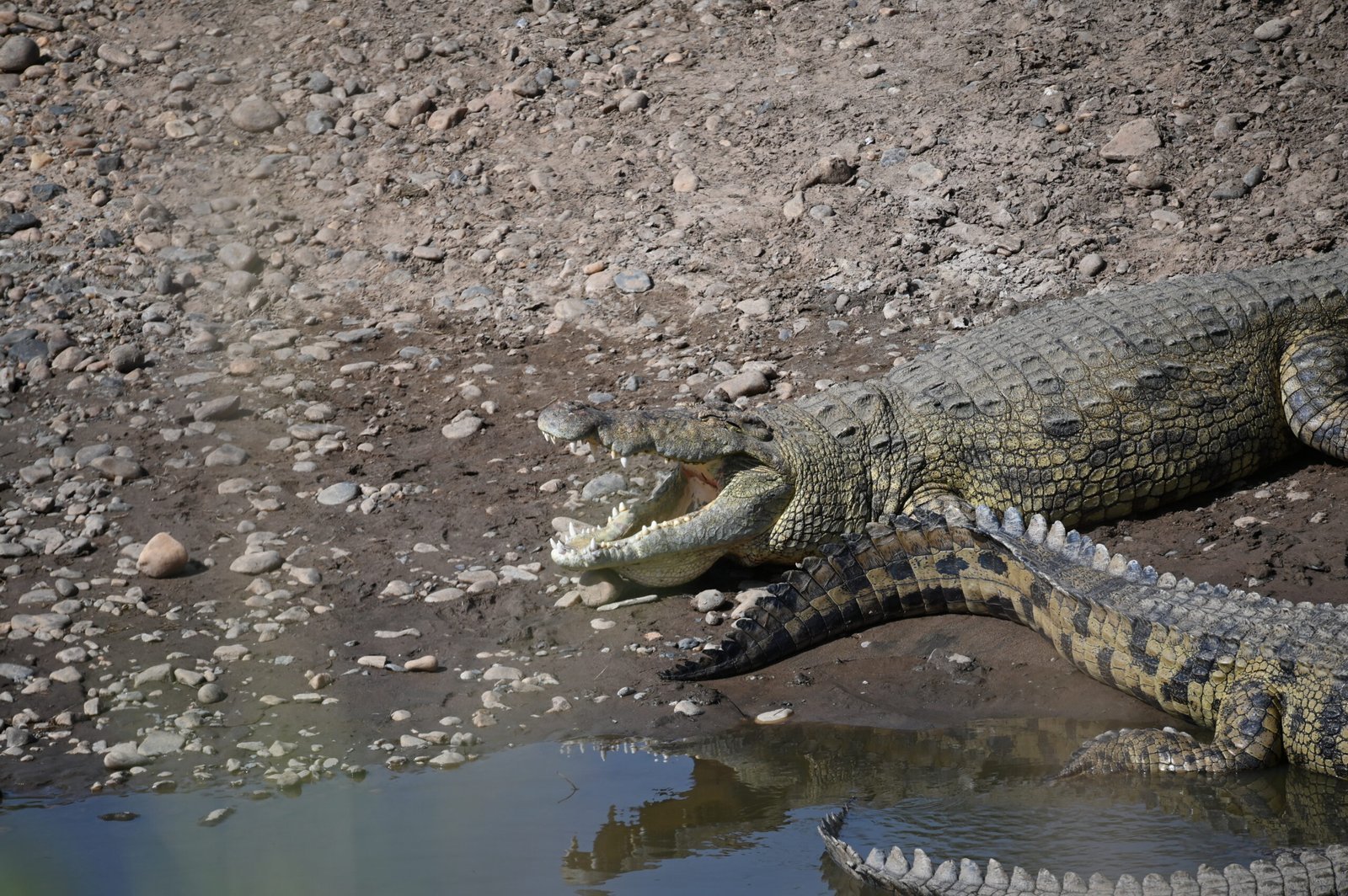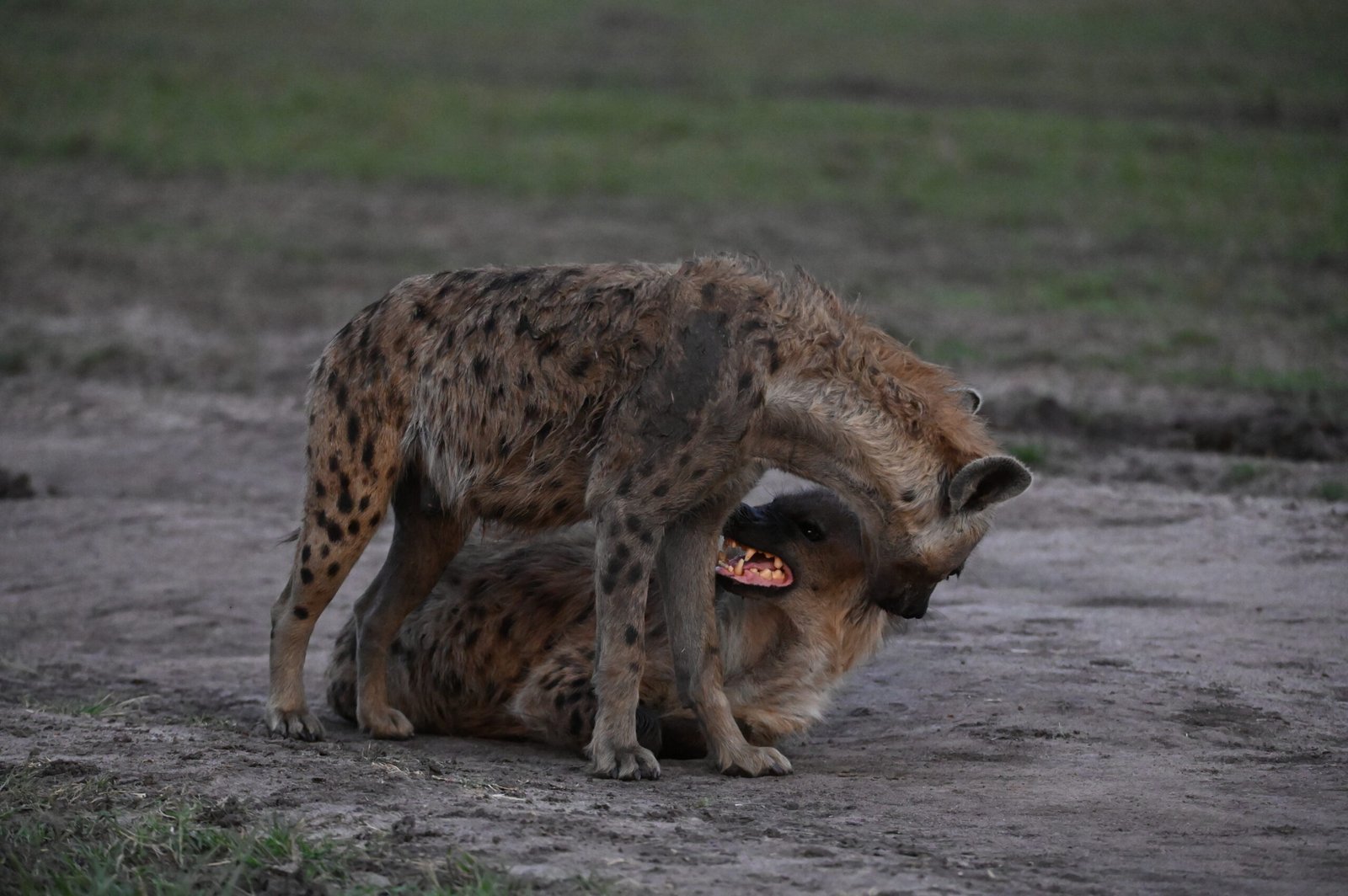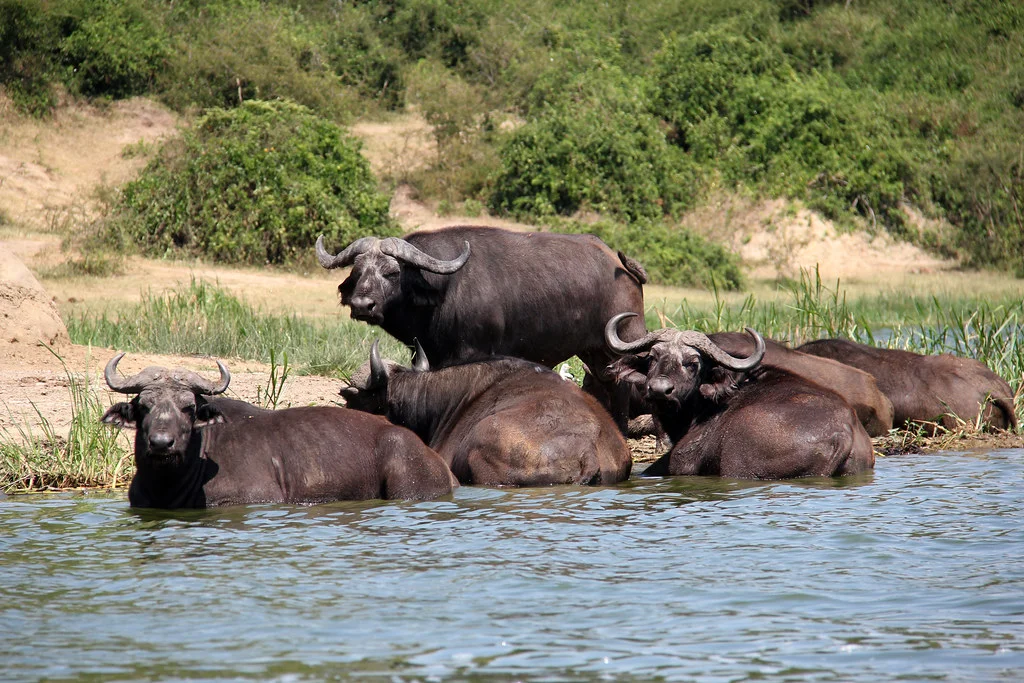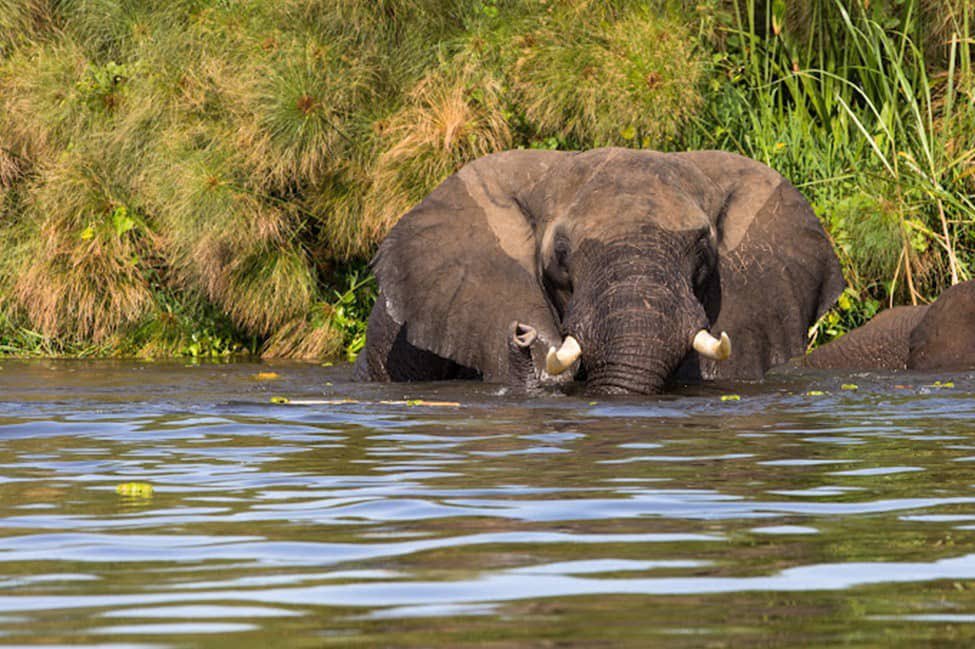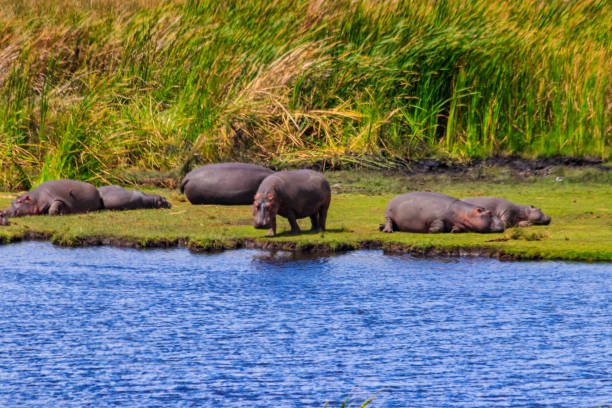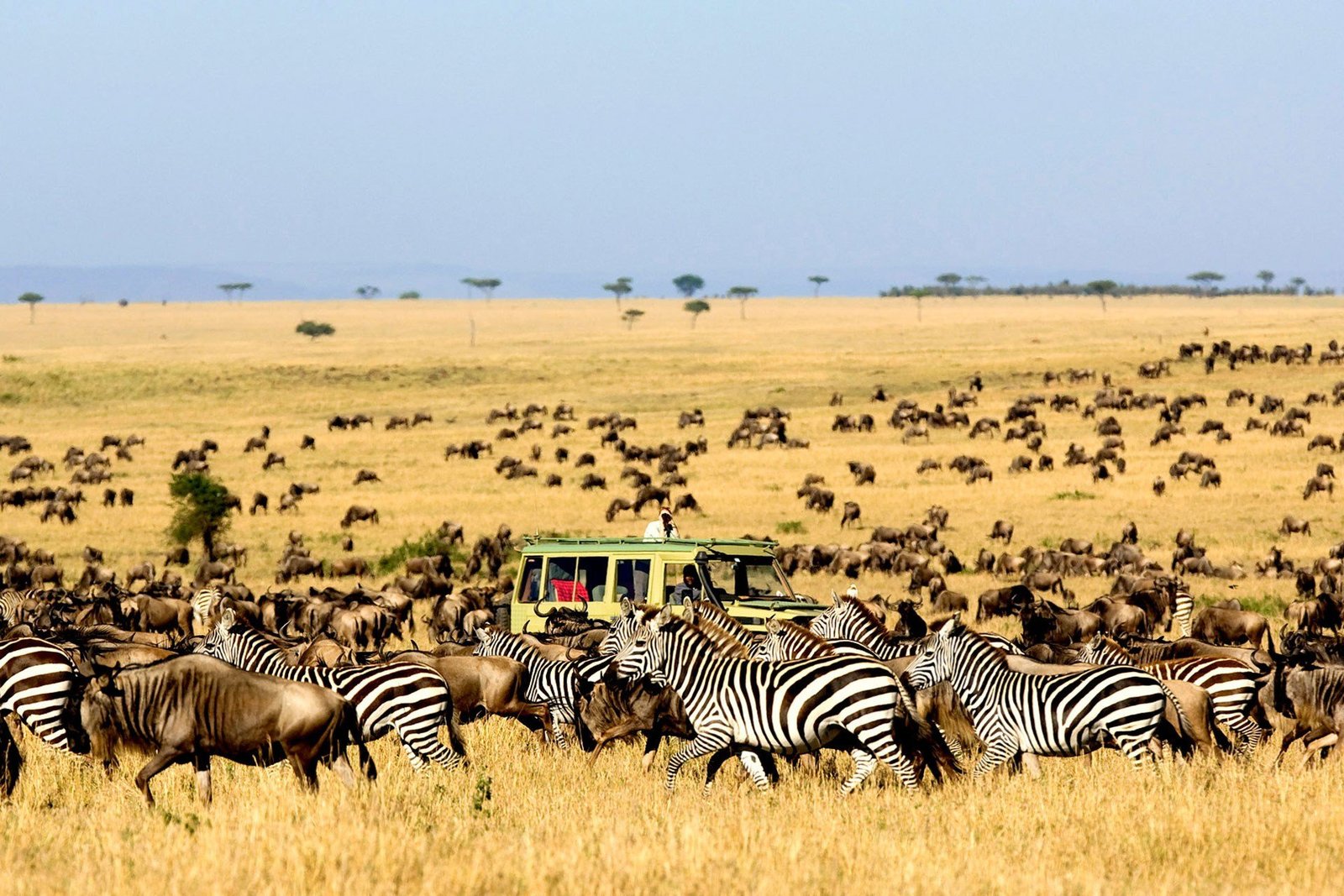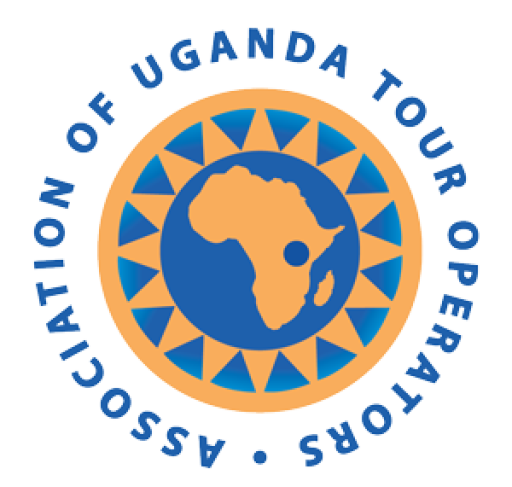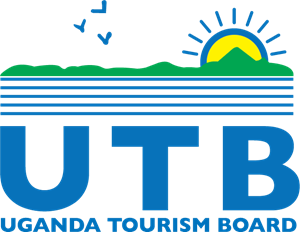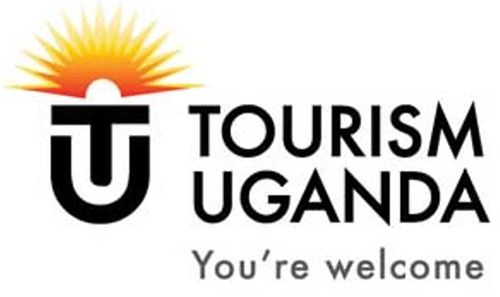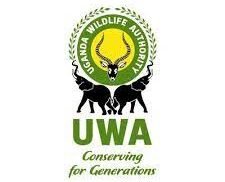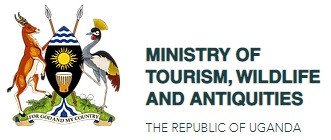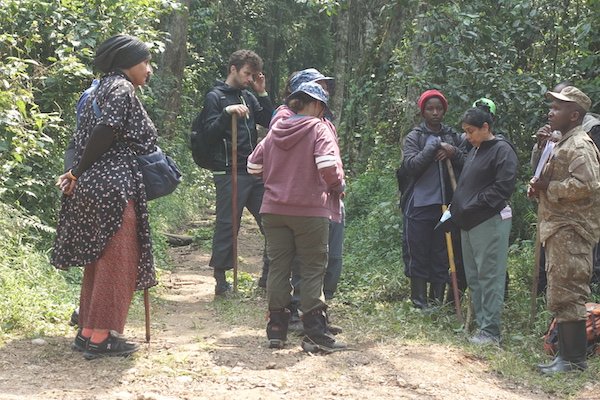
Key Takeaway
Gorilla trekking is a life-changing experience. Trek duration varies from 2 to 6 hours depending on terrain, gorilla location, and visitor pace. With proper preparation, guidance from rangers, and respect for gorilla rules, the trek is safe and rewarding.
Introduction
If you’ve ever dreamed of seeing mountain gorillas in the wild, one of the first questions you’ll ask is: how long does gorilla trekking take? Known as one of Africa’s most unforgettable wildlife adventures, gorilla trekking takes you deep into Uganda’s Bwindi Impenetrable National Park or Mgahinga Gorilla National Park. Travelers often wonder about gorilla trekking duration, difficulty levels, and the level of fitness required. Therefore, this guide explores what to expect, how to prepare, and why this once-in-a-lifetime experience is worth the effort.
Gorilla Trekking Duration: How Long Does It Really Take?
The gorilla trekking duration varies widely depending on several factors. On average, a trek lasts between 2 and 6 hours, though some groups are located in as little as 1 hour, while others may take a full day. Request Your Free Quote Now
Key factors influencing gorilla trekking duration include:
- Location of the gorilla family – Some troops live closer to park entry points, while others move deep into the forest.
- Terrain and weather conditions – Heavy rains can make trails muddy and more time-consuming.
- Gorilla movement – Gorillas roam freely, and trackers may need time to locate them before guiding trekkers.
- Visitor pace – Trekkers move as a group, so the overall pace depends on the slowest member.
Moreover, this unpredictability adds to the adventure, making every trek unique. Request Your Free Quote Now
Gorilla trekking usually lasts 2–6 hours depending on terrain, weather, and gorilla location. Some treks may take only 1 hour, while others can stretch into a full day.
Is Gorilla Trekking Difficult?
Gorilla trekking is not a casual nature walk; it’s a moderate-to-challenging hike through dense rainforest. The difficulty depends on:
- Steep slopes – Bwindi and Mgahinga are mountainous regions with elevations between 1,200–2,600 meters.
- Thick vegetation – Expect to push through vines, roots, and undergrowth.
- Altitude – Some trekkers feel mild shortness of breath due to thinner air.
- Weather – Rain can turn trails slippery, increasing the challenge.
That said, people of all ages — from teenagers to visitors in their 70s — successfully complete gorilla treks every year. Porters are available to carry backpacks or provide support during steep climbs, making the trek more manageable.
How Fit Should You Be for Gorilla Trekking?
You don’t need to be an athlete, but a reasonable fitness level is essential. If you can walk 6–8 kilometers over uneven terrain, you’ll likely be fine. To prepare:
- Practice hiking or long walks before your trip.
- Strengthen leg muscles with squats and lunges.
- Improve stamina through cardio activities like walking, jogging, or cycling.
Because gorilla trekking duration can extend for hours, endurance is more important than speed. Even if you’re less fit, porters and walking sticks can make the trek much easier.
Why Gorilla Trekking Is Worth the Effort
Yes, it can be tiring. Yes, you’ll sweat. But the reward — standing a few meters away from a mountain gorilla family — is priceless. Watching a silverback display his dominance, observing mothers gently care for their infants, or seeing juveniles play in the forest leaves visitors deeply moved.
The experience is transformative: travelers often say gorilla trekking changes the way they see wildlife conservation and our connection to nature.
Gorilla Trekking Duration vs. Gorilla Habituation
Some travelers confuse standard trekking with the gorilla habituation experience. The difference lies in gorilla trekking duration:
- Gorilla trekking – You spend 1 hour with a fully habituated gorilla family after reaching them.
- Gorilla habituation – You spend up to 4 hours with a troop still being habituated to human presence.
Both are incredible, but habituation offers more time for observation, making it more intense and demanding.
Travel Tips to Make the Trek Easier
To handle the trek’s difficulty and unpredictable gorilla trekking duration, pack wisely:
- Clothing: Lightweight long-sleeved shirts, waterproof jacket, hiking boots.
- Gear: Walking stick, gardening gloves (for thorny plants), insect repellent, and binoculars.
- Hydration: Carry at least 2 liters of water and energy snacks.
- Support: Hire a porter — it creates jobs locally and makes your trek more comfortable.
How to Prepare for Gorilla Trekking
1. Understand the Trek Duration
Expect 2–6 hours depending on gorilla location, terrain, and group pace. Some treks may take longer due to forest conditions.
2. Assess Your Fitness Level
You don’t need to be an athlete, but reasonable fitness helps. Practice hiking, walking 6–8 km, and building endurance before your trip.
3. Pack the Right Gear
Bring long-sleeved shirts, waterproof jackets, hiking boots, walking sticks, gloves, insect repellent, binoculars, and sufficient water.
4. Hire a Porter if Needed
Porters can carry backpacks and assist on steep trails, making the trek safer and more comfortable.
5. Follow Ranger Instructions
Maintain a 7-meter distance from gorillas, avoid eye contact with silverbacks, and wear masks if required to prevent disease transmission.
Safety and Ranger Support
Treks are always guided by experienced rangers and trackers from the Uganda Wildlife Authority. Rangers carry radios to stay in touch with advance trackers, who leave early to locate gorilla families. This ensures you have the best chance of finding them regardless of the gorilla trekking duration. Safety rules include:
- Keeping a 7-meter distance from gorillas.
- Avoiding eye contact with aggressive silverbacks.
- Wearing masks in some cases to prevent disease transmission.
How Much Does Gorilla Trekking Cost?
Permit costs are the main factor:
- Uganda: $800 per person (as of 2025).
- Rwanda: $1,500 per person.
- DR Congo: $400–$500 per person (when available).
Additional costs include transport, accommodation, park entry fees, and guide tips. On average, a 3–4 day gorilla trekking safari in Uganda costs between $2,000–$3,500 per person depending on comfort level. Request Your Free Quote Now
Sample Gorilla Trekking Itinerary
- Day 1: Arrival in Entebbe or Kigali, transfer to Bwindi.
- Day 2: Gorilla trekking (trek duration varies).
- Day 3: Optional cultural village tour or forest walk.
- Day 4: Departure or onward safari in Queen Elizabeth National Park.
This short itinerary can easily expand to include chimpanzee trekking in Kibale or wildlife safaris in Murchison Falls.
How long does gorilla trekking take?
Gorilla trekking duration varies from 2 to 6 hours depending on terrain, gorilla location, and visitor pace. Some treks may take a full day if gorillas are far from the trailhead.
Is gorilla trekking difficult?
The trek is moderate to challenging, with steep slopes, thick vegetation, and muddy trails in rainy weather. Reasonable fitness and preparation make it achievable for most visitors.
Do I need to be very fit to trek gorillas?
You don’t need to be an athlete, but being able to walk 6–8 km over uneven terrain is helpful. Porters and walking sticks are available for support.
What is the difference between gorilla trekking and gorilla habituation?
Gorilla trekking allows 1 hour with fully habituated gorilla families. Gorilla habituation experiences can last up to 4 hours and involve troops still being accustomed to human presence.
Final Thoughts
So, how long does gorilla trekking take? The gorilla trekking duration ranges from a quick 2-hour hike to a full-day jungle adventure. It isn’t always easy — trails can be steep, muddy, and physically demanding — but the reward of standing face-to-face with mountain gorillas makes every step worth it. However, with the right preparation, realistic expectations, and respect for the rules, gorilla trekking becomes one of the most life-changing experiences you’ll ever have.
If you’re planning a trip to Uganda, Rwanda, or Congo, remember: the gorilla trekking duration may be unpredictable, but the memories will last a lifetime. Request Your Free Quote Now
Useful links: Online Visa Application
